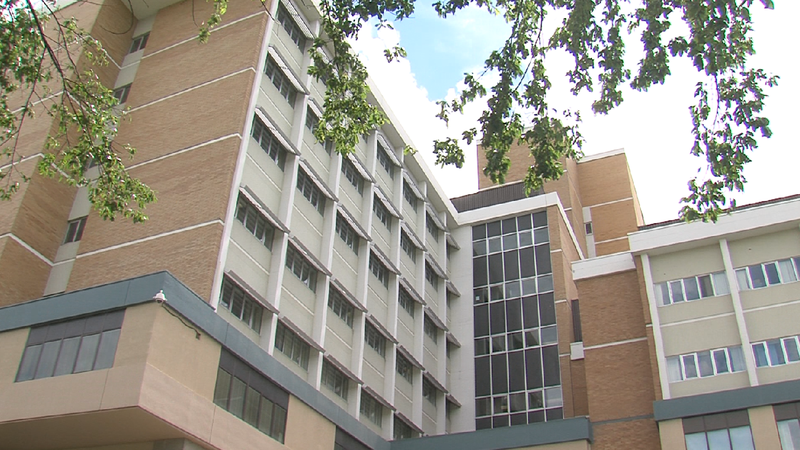
SOUND OFF: ‘Our hospital is on fire’: A Kamloops nurse describes the origins of the RIH staffing crisis
THIS IS IN RESPONSE to the campaign of misinformation propagated by the administration of the Interior Health Authority. But first, we must start by quoting our code of conduct, for by taking off the gag, we risk our careers.
AU0100 — STANDARDS OF CONDUCT FOR INTERIOR HEALTH EMPLOYEES
2.1 Compliance with Standards
The requirement to comply with these standards of conduct is a condition of employment. Employees who fail to comply with these standards may be subject to disciplinary action up to and including dismissal.


